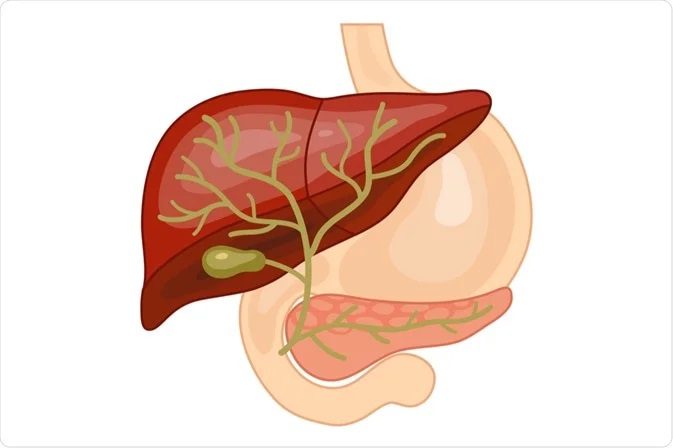Bile duct cancer, also known as cholangiocarcinoma, is a rare but potentially deadly form of cancer that originates in the bile ducts, the thin tubes that connect the liver and gallbladder to the small intestine. Often overlooked due to its subtle onset, recognizing the initial signs of bile duct cancer can significantly impact its prognosis and treatment outcomes. Understanding the early symptoms and seeking prompt medical attention is crucial to combating this silent menace.
Understanding Bile Duct Cancer:
Bile duct cancer arises from the cells lining the bile ducts, which play a crucial role in transporting bile—a fluid produced by the liver to aid in digestion—to the small intestine. The exact cause of duct cancer remains unclear. However, certain risk factors, such as chronic inflammation of the bile ducts (primary sclerosing cholangitis), liver fluke infections, bile duct abnormalities, and exposure to certain chemicals or toxins, may increase the likelihood of its development.
Recognizing the Early Signs:
Identifying duct cancer in its early stages can be challenging since symptoms often mimic those of other benign conditions. However, being vigilant about subtle changes in health can lead to early detection and timely intervention. Some of the initial symptoms that may indicate bile duct cancer include:

Jaundice:
One of the hallmark signs of bile duct cancer is jaundice, a condition characterized by yellowing of the skin and the whites of the eyes. Jaundice occurs when bile flow is obstructed due to a tumour blocking the bile ducts, causing a buildup of bilirubin—a yellow pigment produced by the liver.
Abdominal Pain:
Persistent pain or discomfort in the upper abdomen, particularly on the right side, may indicate duct cancer. This discomfort can range from mild to severe and may worsen over time as the tumour grows, putting pressure on surrounding organs and tissues.
Unexplained Weight Loss:
Unintentional weight loss without changes in diet or physical activity could be a warning sign of various underlying health issues, including bile duct cancer. As the tumour progresses, it can impair the body’s ability to absorb nutrients, leading to weight loss and muscle wasting.
Fatigue and Weakness:
Chronic fatigue and weakness may accompany duct cancer, often due to the body’s response to the disease and its metabolic demands. Persistent fatigue that interferes with daily activities should prompt further evaluation by a healthcare professional.
Seeking Timely Medical Evaluation:
Given the nonspecific nature of early symptoms, individuals experiencing any of the signs above should consult a healthcare provider promptly. Diagnosing bile duct cancer typically involves a combination of imaging tests such as ultrasound, CT scans, and MRI scans, along with blood tests to assess liver function and tumor markers.
In some cases, a tissue biopsy may be necessary to confirm the presence of cancerous cells and determine the cancer’s stage and extent of spread. Early diagnosis is critical for implementing appropriate treatment strategies, including surgery, chemotherapy, radiation therapy, or a combination of these modalities.
Conclusion:
Bile duct cancer presents a formidable challenge due to its elusive nature and delayed onset of symptoms. However, by remaining vigilant and attuned to changes in health, individuals can play a proactive role in identifying this silent threat at its earliest stages. Timely recognition and intervention improve treatment outcomes and offer hope for a better quality of life.